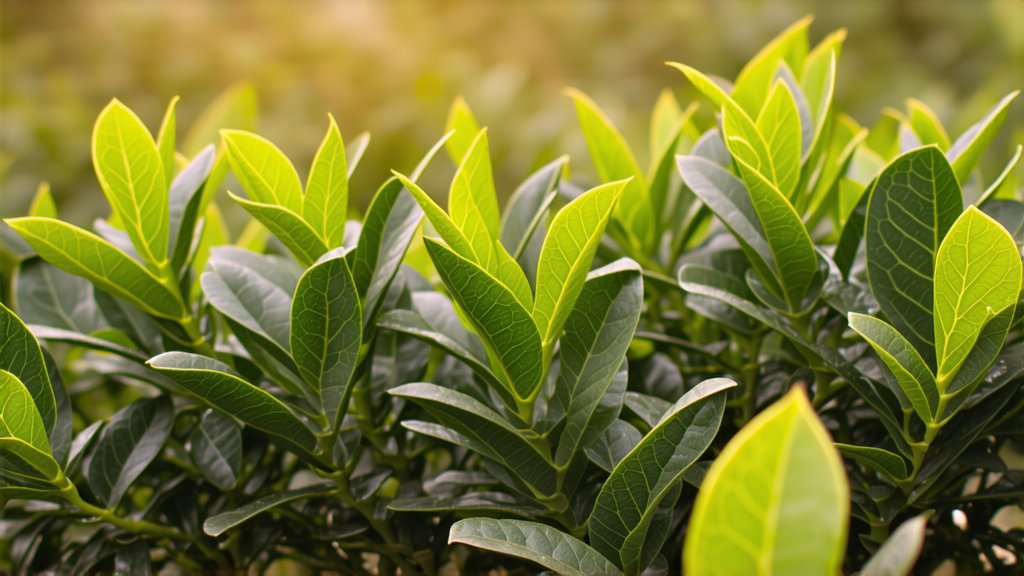
In the vast and diverse landscape of Chinese tea culture, few varieties hold as esteemed a position as Tieguanyin, an illustrious oolong tea hailing from the lush hills of Anxi County in Fujian Province. Revered for its intricate flavor profile, meticulous craftsmanship, and storied history, Tieguanyin stands as a testament to the artistry and dedication embedded within the fabric of Chinese tea making. This article embarks on a journey through the annals of Tieguanyin, unraveling its historical roots, exploring its distinctive varieties, delving into the intricate process of its creation, and offering guidance on the nuanced art of its appreciation.
Historical Roots: A Legacy Etched in Time
The tale of Tieguanyin begins in the early Qing Dynasty, around the 18th century. Legend has it that the tea was discovered by a poor scholar named Wei Yin, who stumbled upon a wild tea plant during his studies in the Wuyi Mountains. Intrigued by its unique qualities, he propagated cuttings from this plant, which eventually led to the cultivation of what we now know as Tieguanyin. Named after the Iron Goddess of Mercy (Tieguanyin), the tea quickly gained popularity for its extraordinary taste and aroma, earning it a prestigious place among China's imperial tributes.
Varieties: A Symphony of Flavors
Tieguanyin is not monolithic; rather, it encompasses a range of sub-varieties, each with its own distinct character. The most renowned among them are:
- Xiang Xing (Fragrant Type): Known for its high floral notes, often reminiscent of orchids or magnolias, Xiang Xing Tieguanyin offers a lighter, more aromatic experience.
- Dan Cui (Single Bush): Grown from ancient mother trees, Dan Cui represents the pinnacle of quality, with flavors that can range from creamy and buttery to fruity and floral, depending on the specific terroir.
- Shui Xian (Narcissus): This variety is celebrated for its rich, complex flavors that evolve with each steep, revealing layers of sweetness, minerality, and a subtle spiciness.
Crafting the Elixir: The Art of Tieguanyin Production
The production of Tieguanyin is a meticulous dance between man and nature, requiring both skillful hands and an intimate understanding of the tea plant. Here's a glimpse into the intricate steps involved:
- Plucking: Only the tenderest buds and leaves are handpicked, typically in the spring and autumn seasons when they are at their peak vitality.
- Withering: The freshly picked leaves are spread out under shade to wilt slightly, reducing moisture content and preparing them for rolling.
- Bruising & Rolling: Leaves undergo a gentle bruising process followed by careful rolling to shape them into their characteristic tight spiral form.
- Oxidation: Unlike green teas, Tieguanyin undergoes partial oxidation, where enzymes interact with oxygen, creating its unique flavor profile.
- Fixation: The oxidized leaves are then pan-fired or baked to halt enzymatic activity, locking in their flavors and aromas.
- Roasting: Depending on the desired outcome, the tea may be roasted multiple times to develop deeper, more complex flavors.
- Sorting & Grading: Finally, the tea is meticulously sorted and graded based on size, shape, and quality before packaging.
The Art of Appreciation: Savoring Tieguanyin
To truly appreciate Tieguanyin is to engage in a sensory ritual that transcends mere consumption. Here's how to embark on this journey:
- Preparation: Use a Yixing clay pot or a Gaiwan for brewing, as they enhance the tea's flavors without imparting any additional taste. Rinse the leaves briefly with hot water to awaken their aroma.
- Water Temperature: Use water heated to around 90-95°C (194-203°F) to avoid scalding the delicate leaves.
- Steeping Time: Begin with short steeps of about 15 seconds, gradually increasing as subsequent infusions release different flavor notes. Typically, five to seven steepings can be enjoyed from a single serving.
- Observation: Admire the vibrant golden-green hue of the liquor and the unfurling of the tightly rolled leaves, which transform gracefully in the hot water.
- Aroma & Taste: Inhale deeply before each sip to capture the tea's fragrant bouquet. As you drink, let the tea coat your palate, noticing its complexity—from initial sweetness to mid-palate creaminess and a lingering aftertaste that hints at its mineral origins.
- Reflection: Take moments between sips to contemplate the tea's evolution, appreciating how each infusion reveals new facets of its character.
Conclusion
Tieguanyin is more than just a beverage; it embodies centuries of tradition, a deep connection to nature, and an artistry passed down through generations. Its cultivation and preparation reflect a harmonious balance between human ingenuity and natural bounty, while its consumption invites a mindful exploration of flavors and aromas that speak volumes of China's rich tea heritage. For those fortunate enough to partake in this timeless ritual, Tieguanyin offers not only a taste of exceptional tea but also a glimpse into the soul of Chinese culture itself.